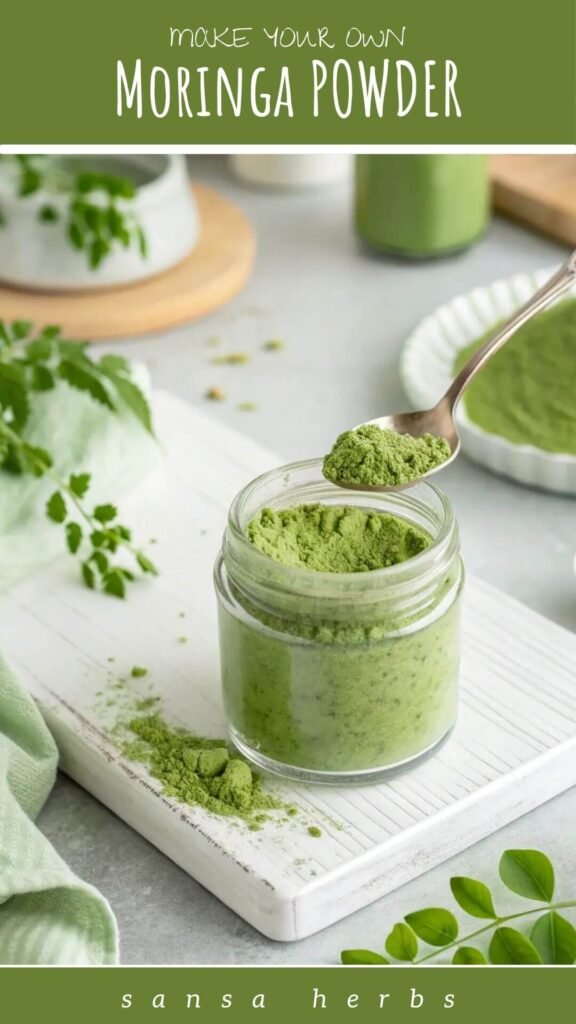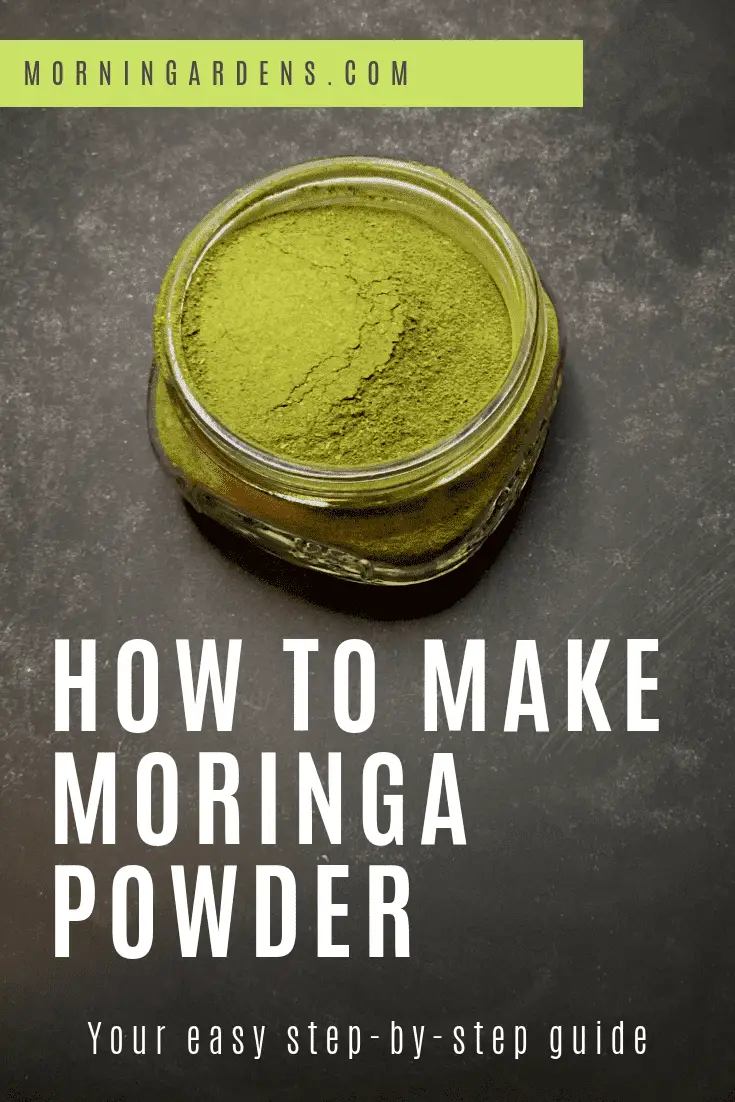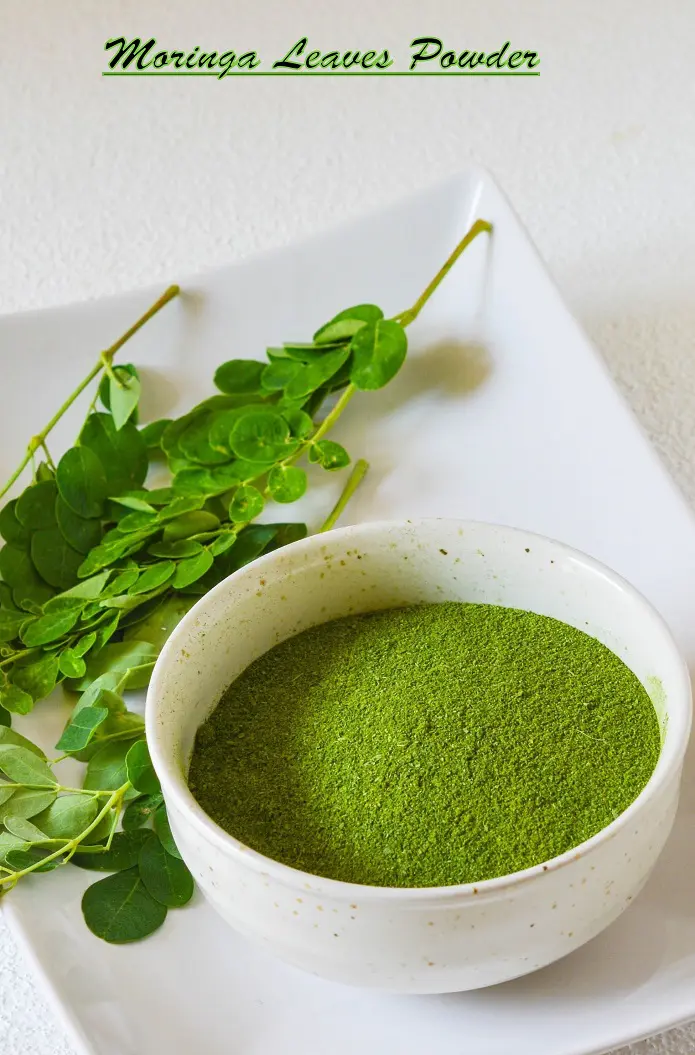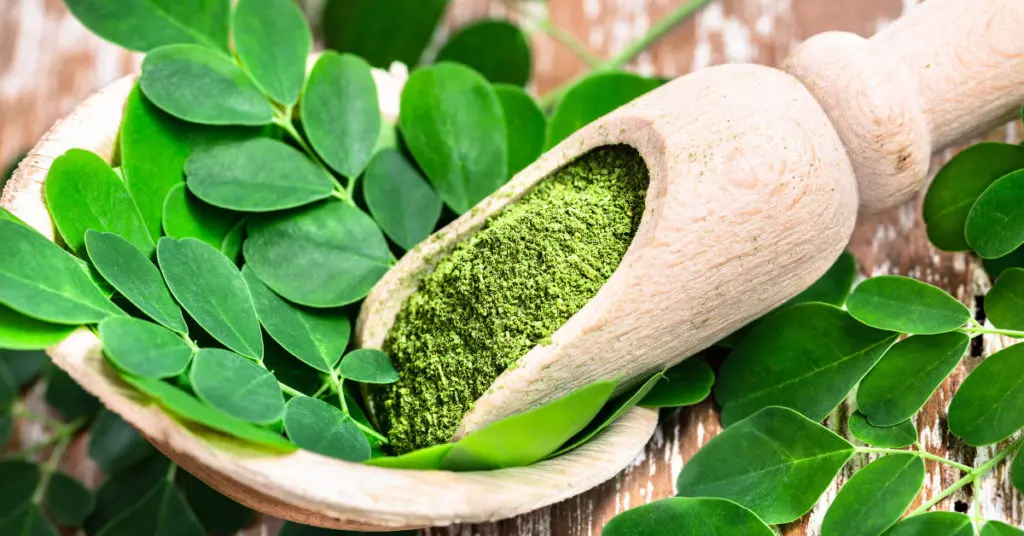How Do You Make Moringa Powder

Demand for moringa powder is surging, fueled by its reputation as a nutritional powerhouse. Here's a rapid guide on how to produce your own moringa powder at home, from leaf to shelf.
Harvesting Moringa Leaves: The Starting Point
The process begins with selecting fresh, healthy moringa leaves. Optimal harvesting occurs in the early morning, when moisture content is high and nutrient levels are at their peak.
Choose leaves free from blemishes, insects, or disease. Avoid leaves that show signs of yellowing or damage.
Washing and Cleaning: Essential for Purity
Thoroughly wash the harvested leaves to remove any dirt, debris, or contaminants. Use potable water and gently scrub the leaves to ensure cleanliness.
This step is critical to prevent microbial contamination in the final product. Consider using a food-grade sanitizing solution for added safety.
Drying: Preserving Nutritional Value
Drying is perhaps the most crucial stage in moringa powder production. The goal is to remove moisture without damaging heat-sensitive nutrients.
Several drying methods are available, each with its own set of advantages and disadvantages. Air drying, oven drying, and using a dehydrator are common techniques.
Air Drying: Simple but Time-Consuming
Air drying involves spreading the washed leaves on a clean, dry surface in a well-ventilated area. Avoid direct sunlight, which can degrade nutrients.
This method can take several days, depending on humidity and temperature. Monitor the leaves regularly for mold or spoilage.
Oven Drying: Faster but Requires Control
Oven drying is a quicker option, but requires careful temperature control. Set the oven to the lowest possible temperature (ideally below 120°F or 49°C).
Spread the leaves in a single layer on a baking sheet and monitor them closely. Overheating can lead to nutrient loss and discoloration.
Dehydrator: The Preferred Method
A food dehydrator provides the most consistent and controlled drying environment. Set the temperature to around 115°F (46°C).
Arrange the leaves on the dehydrator trays, ensuring adequate airflow. The drying process typically takes 8-12 hours.
Grinding: Achieving the Powder Form
Once the leaves are completely dry and brittle, it's time to grind them into a fine powder. A high-speed blender or a spice grinder works best for this purpose.
Ensure the equipment is clean and dry to prevent contamination. Grind in small batches to achieve a uniform consistency.
A finer powder generally dissolves more easily and is more palatable. Sifting the powder through a fine-mesh sieve can remove any larger particles.
Storage: Maintaining Freshness and Potency
Proper storage is essential to maintain the quality and nutritional value of your moringa powder. Store it in an airtight container in a cool, dark, and dry place.
Avoid exposure to light, heat, and moisture, as these can degrade the powder over time. Glass jars or vacuum-sealed bags are ideal storage options.
Properly stored, moringa powder can retain its potency for several months. Check regularly for any signs of spoilage, such as discoloration or off-odors.
Quality Control: Ensuring a Safe Product
Before consuming or selling your moringa powder, conduct a visual inspection to ensure it is free from foreign particles or contaminants. Taste a small amount to check for any off-flavors.
For commercial production, consider sending samples to a lab for microbial testing. This ensures the powder meets safety standards.
Adhering to good manufacturing practices (GMP) is crucial for maintaining product quality and safety. Document all steps of the process to ensure traceability.
Next Steps: Continuous Improvement
Experiment with different drying methods to optimize nutrient retention. Research the specific nutritional content of your moringa variety.
Stay informed about regulatory requirements for food products in your region. This is especially important if you plan to sell your moringa powder.
Continually refine your process to produce the highest quality moringa powder possible. The key is to prioritize cleanliness, control, and careful monitoring at every stage.


















